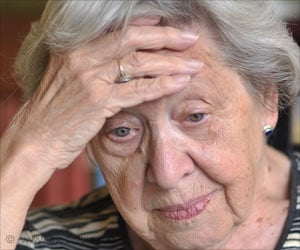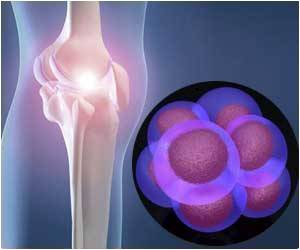Heart patients who are smokers with implanted defibrillators had seven times higher a chance of receiving a jolt from these devices than nonsmokers with the device.
A recent study has revealed that heart patients who are smokers with implanted defibrillators had seven times higher a chance of receiving a jolt from these devices to bring their heart into normal rhythm than nonsmokers with the device.
The study was conducted at Washington University School of Medicine in St. Louis .Eleven percent of cardiovascular deaths are related to smoking, and previous studies have shown that decreasing or quitting smoking is in itself a very effective therapy for patients with heart disease," says J. Mauricio Sánchez, M.D., lead author of the study, which was published in the April 2006 issue of Heart Rhythm."But if having heart disease isn't enough to make patients want to stop smoking," continues Sánchez, a cardiology fellow in the cardiovascular division, ‘the evidence from our study should definitely add a strong argument to quit.’
Implantable cardioverter-defibrillators (ICDs) are self-contained units that are placed within the chest to monitor heart rhythms and deliver electrical charges directly to heart muscle to correct abnormal rhythms. Abnormal rhythms can occur without warning, and some can cause death rapidly if no action is taken. A recent study demonstrated that ICDs decreased the risk of death by 23 percent in patients with congestive heart failure.
‘ICDs are implanted in patients at high risk for sudden cardiac death,’ Sánchez says. ‘The devices shock the heart out of dangerous rhythms within seconds after they detect them. It's like having a little ambulance in your chest.’
The study looked at 105 patients at the School of Medicine with heart disease who had ICDs implanted to prevent sudden cardiac death. The patients were followed for an average of two years.
During this time, more than a third of the patients who smoked received an electrical discharge from their ICDs to correct a potentially life-threatening heart rhythm. Former smokers, those who had stopped smoking at least a month before the study began, still had a fairly high occurrence of ICD discharge — about a quarter of these patients were shocked by the devices. In contrast, among patients who had never smoked, only about 6 percent received an ICD discharge.
Advertisements
According to Sánchez, smoking can harm the heart in several ways. One is that nicotine increases the amount of adrenaline, which can lead to blood vessel constriction and decreased blood flow to the heart. Smoking also increases blood clotting factors, which can raise the chance of blood vessel blockage. In addition, the hemoglobin in smokers' blood has carbon monoxide attached to it and can't carry as much oxygen. Both smokers and former smokers have more atherosclerosis in the blood vessels of the heart that lower the oxygen level.
Advertisements
‘Smoking is obviously hard to quit,’ Sánchez says. ‘Heart patients know it's harmful, yet a good percentage of them continue to smoke. It's clear that quitting should be advocated for a whole myriad of reasons, and our study reveals another.’
Source: Eurekalert







